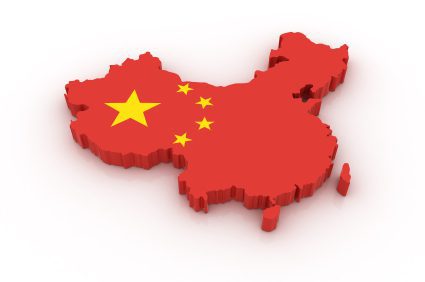[This is the first in a two part series on the Chinese p2p lending market. Tomorrow we will bring you an exclusive interview with a senior executive at the world’s largest p2p lender.]
Quick quiz, what is the largest e-commerce company is the world? Amazon? eBay? Wrong. It is the Alibaba Group in China, which is way larger than Amazon and eBay combined. In fact, Alibaba just did $5.75b in sales in a single day last month. To put that into perspective, this article from USA Today said all US companies (Amazon, eBay, Walmart.com, Bestbuy.com, etc) on Cyber Monday this year did $2.29 billion in sales. Yes, Alibaba (and China) is that large.
Ok, second quiz, what is the largest p2p lending company in the world? I think you know where I am going with this, but if you guessed Lending Club you would be wrong (even though I have stated as much on several occasions). Introducing China’s CreditEase, the largest p2p lending company in the largest p2p lending market in the world.
A Massive Market
Before we dive deep into CreditEase, let’s take a quick look at the massive Chinese p2p lending market. After doing some research on the Chinese market, the first thing I have to say is that no one knows exactly how large the market is, but everyone agrees that it is HUGE. The general consensus is that there are more than 2,000 p2p lending companies in China (see here and here) and they are categorized as part of the Chinese shadow banking economy, which is estimated to be 22 trillion yuan or $3.6 trillion US dollars according to Credit Suisse. According to Caixin Online, which cites a report published by the People’s Bank of China (China’s equivalent of the Federal Reserve), the Chinese p2p lending market is worth 60 billion yuan, which is the equivalent of $9.8 billion US dollars! If you drill down further, the research firm Celent Research, recently published a report that estimates that the online p2p market originated $940m in 2012 and is expected to grow to $7.8 billion by 2015.
So why is p2p so large in China? To start with, the Chinese practice of lending money to a family member or friend is as old as time. However, from what I can gather there is a lack of a robust banking system in China, which has made p2p a major source of consumer lending for decades. Thus, the Chinese shadow banking economy is extremely meaningful and p2p is a very important component.
P2P lending has become widespread as investors have shifted their money out of bank accounts and into p2p in search of yield under the advice of their wealth managers. Caixin Online cited one report that says that 55 percent of their surveyed respondents (most of whom were p2p investors) said that they invested more than half of their money into p2p loans, while 34 percent say that p2p lending accounts for more than 80 percent of their investment. And a report from the National Business Daily and wangdaizhijia.com found that 60% of all p2p lenders make less than 100,000 yuan (approximately $16,000) a year. At CreditEase, though, they say that their investors are more affluent than average with a typical investment of over 200,000 yuan ($32,000).
500,000 Borrowers
CreditEase is the largest p2p lending platform in China and has originated more than $3.2 billion (20 billion yuan) in loans to over 500,000 borrowers , growing at around 200% per year. The company was founded by Tang Ning in Beijing in 2006 and currently has more than 20,000 employees in 150 cities. It has expanded from pure p2p lending into a full service wealth management company with a suite of asset allocation and insurance product for its investors.
Because there is such a limited track record of personal credit, CreditEase has a size and history advantage given its own track record. The company has designed a proprietary credit underwriting system that leverages its historical loan portfolio for insights into what works and what doesn’t. This expertise allows CreditEase to think of the market more broadly than some of its peers. CreditEase will consider anyone with a business idea who has been overlooked by the banks. When Mr. Ning thinks about the size of his market, he told the Financial Times that “there are about 60 million micro-entrepreneurs in cities and 200 million rural poor, so it is a huge market opportunity.” In addition, he told the South China Morning Post that “[we are still in] our initial stage to tap into the huge market, which is worth more than one trillion yuan ($164 billion).” If Mr. Ning is right, we are only just scratching the surface in terms of what is possible in China.


